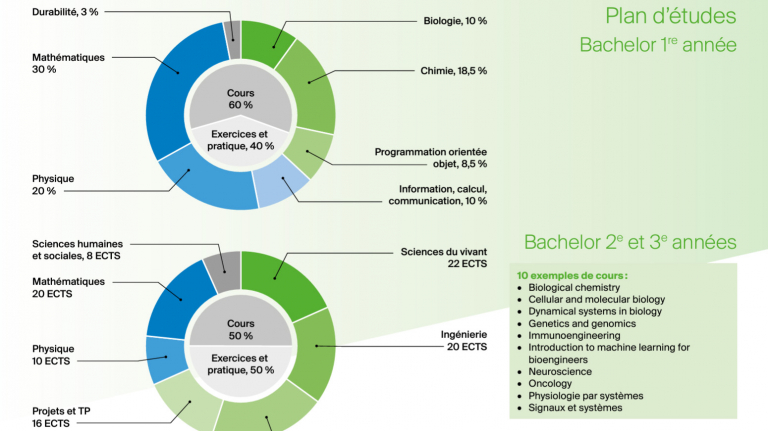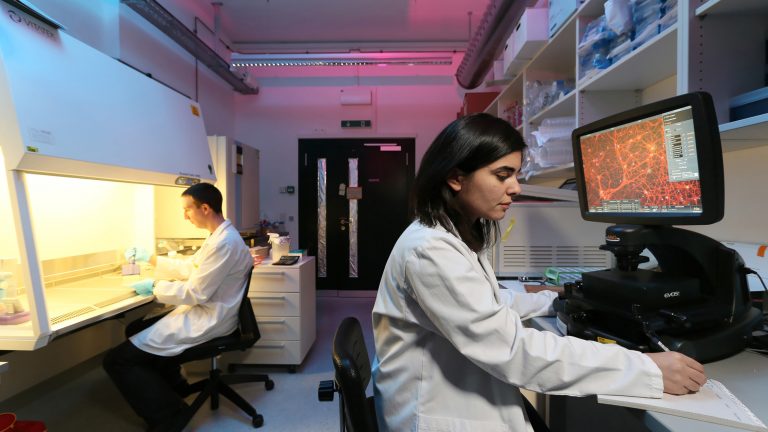Life Sciences Engineering
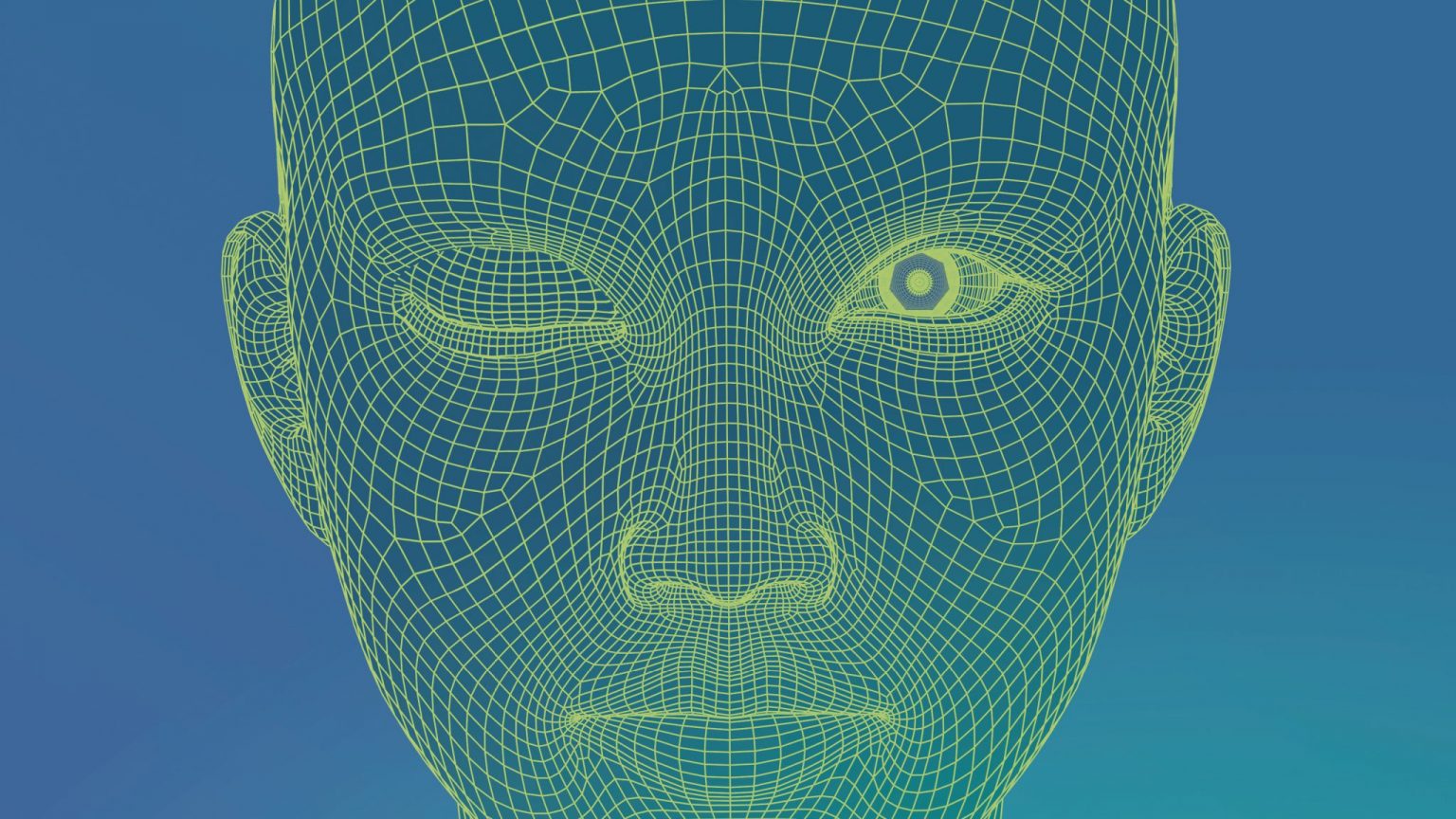
The study of life ranks among the fields which have benefited the most from the rapid technological advances of these past few years. It is a difficult task to try to identify one single discipline which is responsible for the progress that can be seen. In fact, it is the combination of various factors, in theory treated independently of one another, which is the root cause. As a result of the application of discoveries in physics, the improvement of quantitative-observation techniques has led to a sizable increase in the volume of available information.
As well as this expansion, the nature of the information has become such that it would be impossible to think about analyzing it without automated processing. This involves the development of mathematical algorithms and increasing the power of computers, all made possible by miniaturized electronic components manufactured with more specialized materials. This miniaturization has, moreover, encouraged the development of more efficient sensors. The study and understanding of life must therefore now take place through accurate observations, meaning that technology has to be known and controlled.
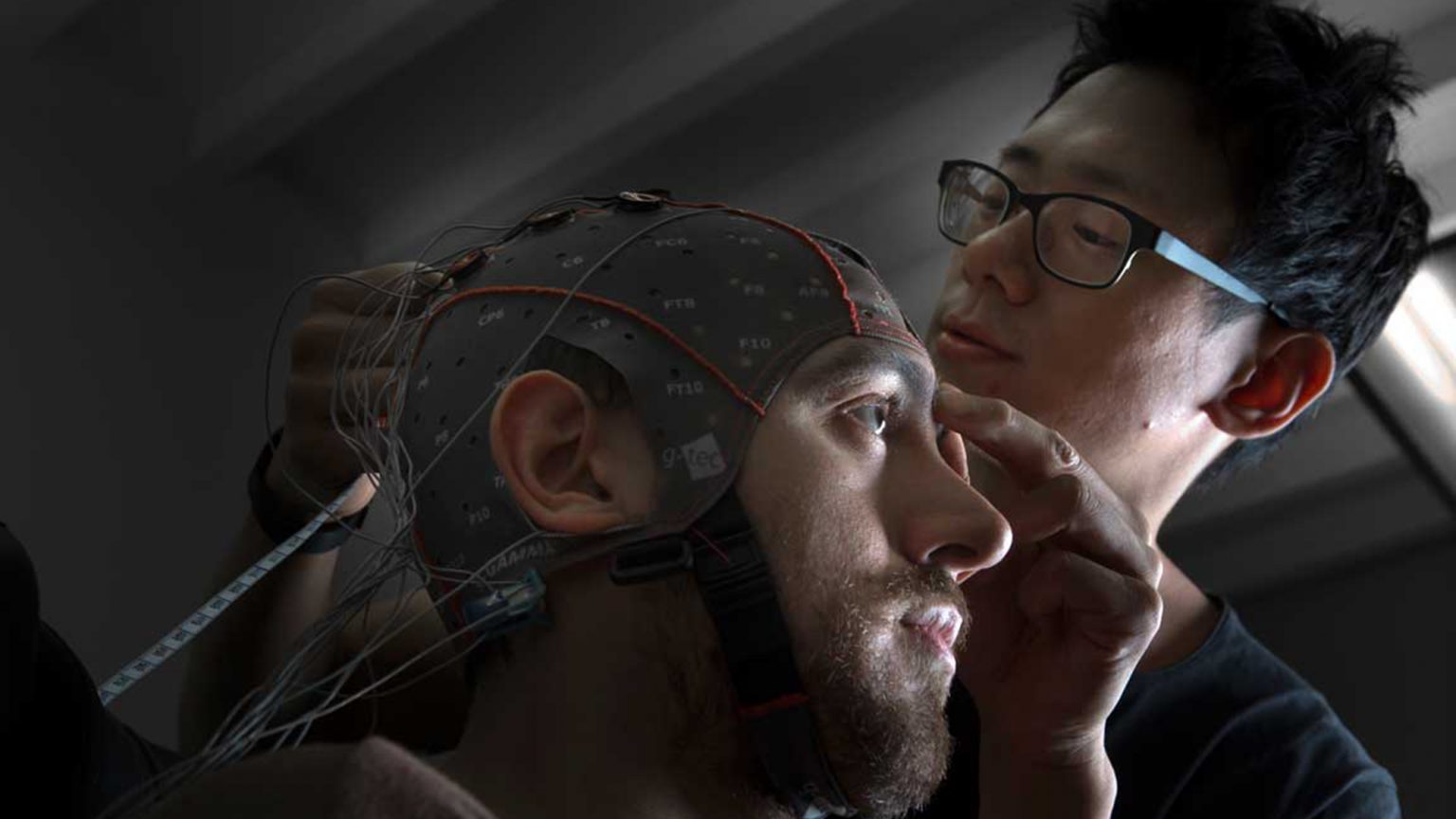
The training provided at EPFL stands at the interface between life sciences and engineering disciplines. It is evolving towards a quantitative approach to biological phenomena: we are no longer satisfied with observing them but we also want to measure them. This method involves an increasing use of computer modeling: thanks to the simulation of the behavior of an ever-growing number of living organisms, it is possible to speed up discovery processes. The number of some experiments, often costly and lengthy, is therefore decreasing. This approach is reflected in the field of life sciences through decoding the human genome, a better understanding of complex biological systems, regenerative medicine (reactivation of cellular or tissue functions) or gene therapy (attempts to correct genetic errors causing major diseases).
Program presentation
The Bachelor’s studies strongly emphasize mathematics and physics, since these two subjects account for almost half of the classes taken during the first and second year. Computer science also has a prominent place. There are also classes in molecular and cellular biology, as well as chemistry. During the third year, the curriculum offers units in engineering, with classes in electronics for example, and in biosciences, in which a deeper knowledge is gained of subjects such as systems physiology. The students can also choose options like genetics, developmental biology, as well as artificial intelligence or structural mechanics.
Bachelor: simplified study plan
Master: prospects
The Master in Life Sciences Engineering deals with important aspects of current biomedical research and applied engineering technologies for fields such as molecular medicine, tissue engineering, oncology, immunology, data science, neurosciences, and biocomputational sciences. It covers both theoretical foundations and practical aspects of the discipline.
It offers the following specializations:
- biomedical engineering
- molecular health
- biological data science
- neuroscience
The Master’s studies are completed by a Master’s research project in a laboratory in an academic environment or in industry. It can be done at EPFL or in other high-ranking universities around the world.
Other programs are also open after graduating with the Bachelor’s degree, in particular some interdisciplinary Master’s programs.
Further information on Master’s study programs.
Please note that the information regarding the programs’ structure as well as the simplified study plan may be subject to change and that these are no legally binding. Only the official regulations and study plans are binding.
Career prospects
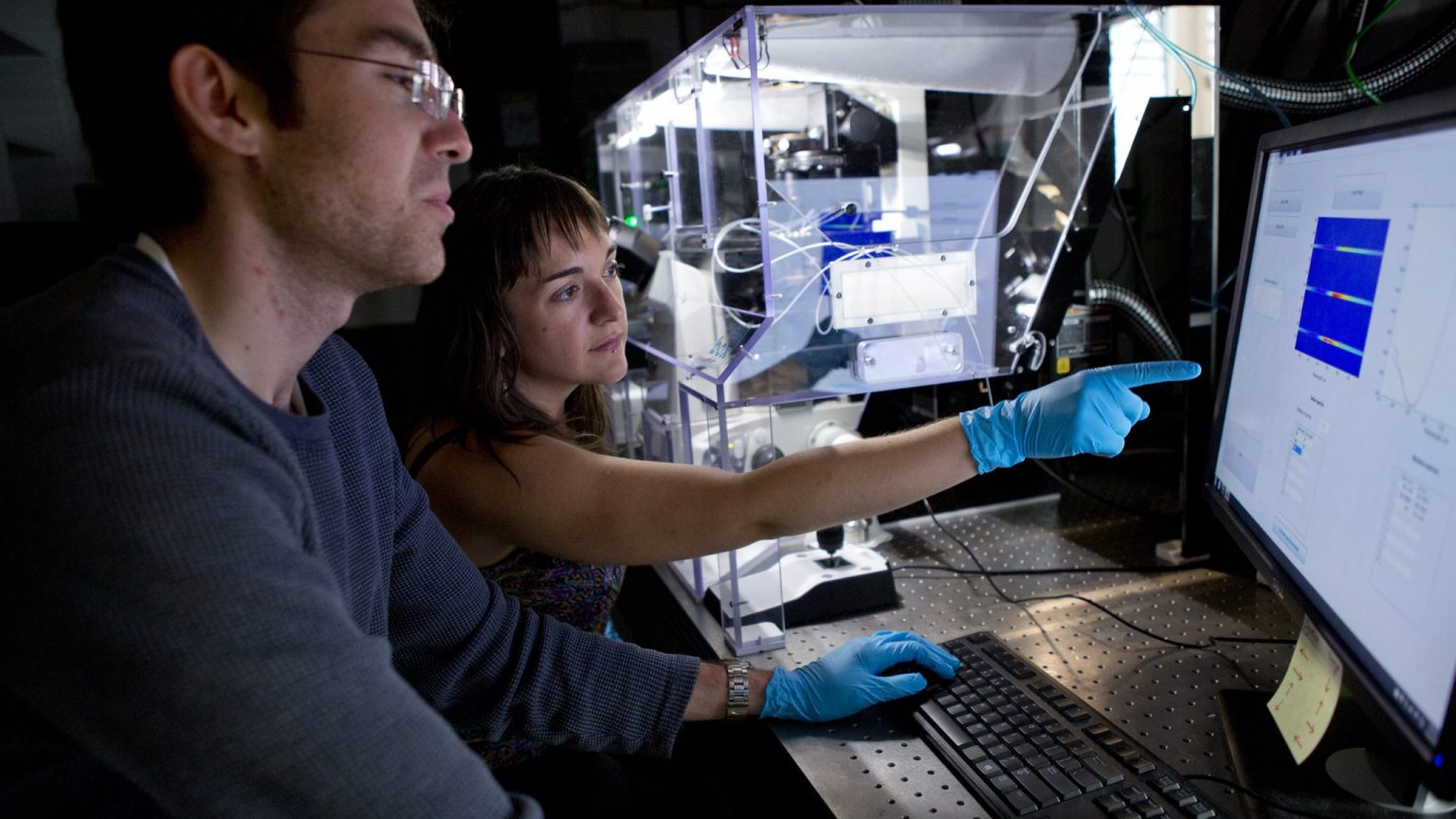
While some of them choose to join the R&D departments of companies specialized in medical technology, others opt for the pharmaceutical industry.
In hospitals and research labs, life sciences engineering graduates oversee the establishment of new technological infrastructures. They are also well placed to act as consultants to financial groups investing in biomedical and biotech development. Lastly, following their Master’s, many of them go on to pursue an academic path by joining a PhD program.
Alumni testimony
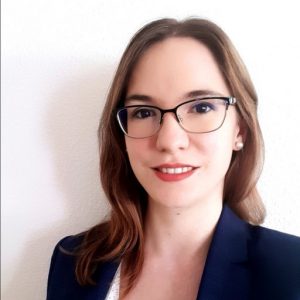
Currently I am working as site facilitator for our continuous improvement program on the DSM Lalden site in Visp. However, in the next few months I am going to take my next step as well, and be operational excellence manager.
Watch full video-interview
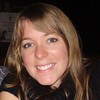
I work for a company that provides equipment for the production of biological drugs, such as filters, fermenters or scales.
I work as an “application specialist” in purification technologies. In concrete terms, I give technical support to the sales teams for our purification products, mostly for those made to eliminate viruses. I visit the clients to help them use our products, test them or solve any technical problem.
My job is a good balance between science and marketing. Every project starts with a technical meeting with the client. If we convince him, we then organize small-scale tests in his laboratory. For example, the client might want to integrate a virus removal filter in his process. If these tests are successful, we organize scale-up studies, before eventually validating the process. In the case of this virus filter, I need to go to a specialized lab, to test it with the client’s product and “real” viruses. As a project can take many years, I am always working on about thirty projects at the same time!
I already did my Master’s thesis in the company I am currently working for, in the R&D department. After that, I did a marketing internship in the same company. Thanks to these two years in the headquarters in Germany, I was able to create a good network. I also met my colleagues and realized that this was my dream job! And after that, I was lucky: my boss agreed to create a new position for me in Switzerland. For me, the transition between my studies and the job market was easy. If I had an advice to give to you if you are interested in a position, it is to ask for it! The people around you might not be aware of your interest.
I travel a lot in Europe for my job, mostly in Switzerland, in Italy and in the Netherlands. I love working with such different clients, either in their origins, in the type of projects they work on (monoclonal antibodies, vaccines, gene therapy, etc) or in their size (multinational like Novartis, Baxter or Lonza, to SME or start-ups). But it is not easy every day: travelling all the time is tiring, and so is eating outside and sleeping at hotels. It also affects your private life. But this variety also makes every project unique and interesting.
Contact
To learn more about this program, please use the following contacts:
+41 21 693 96 01
